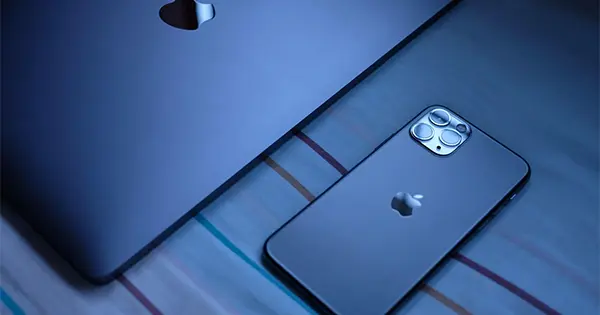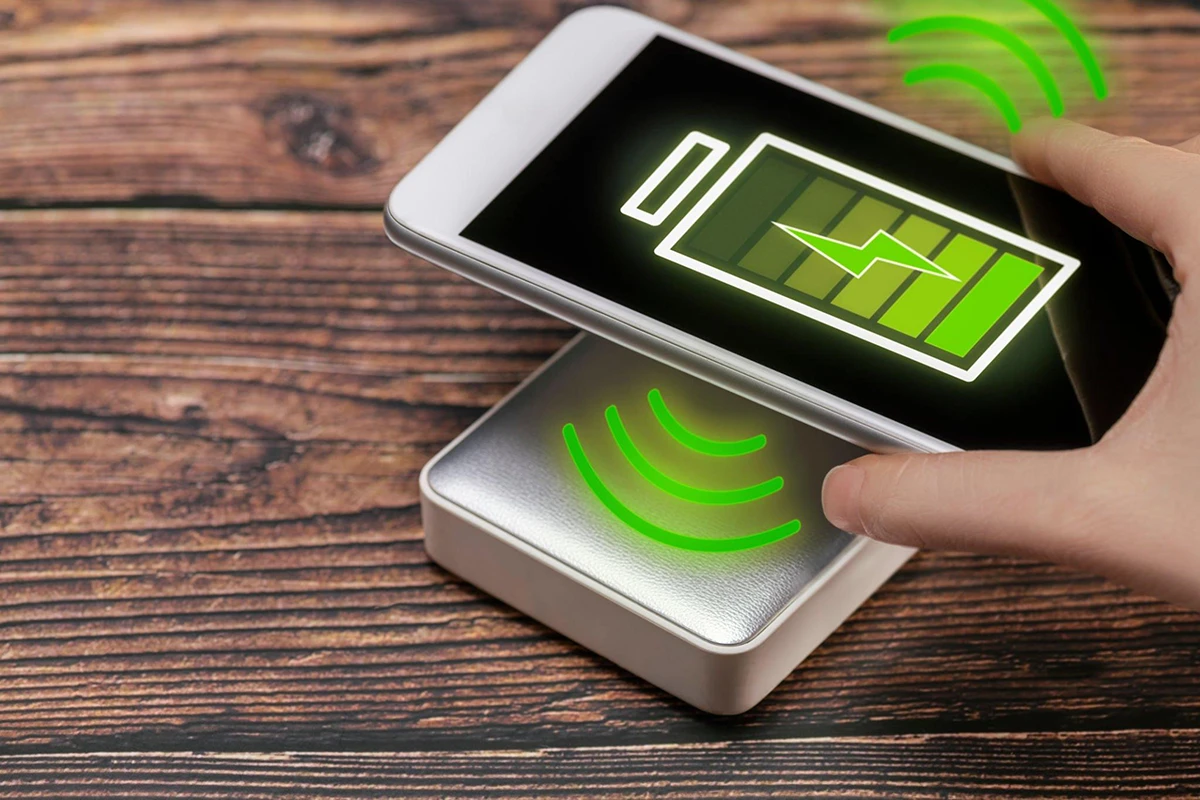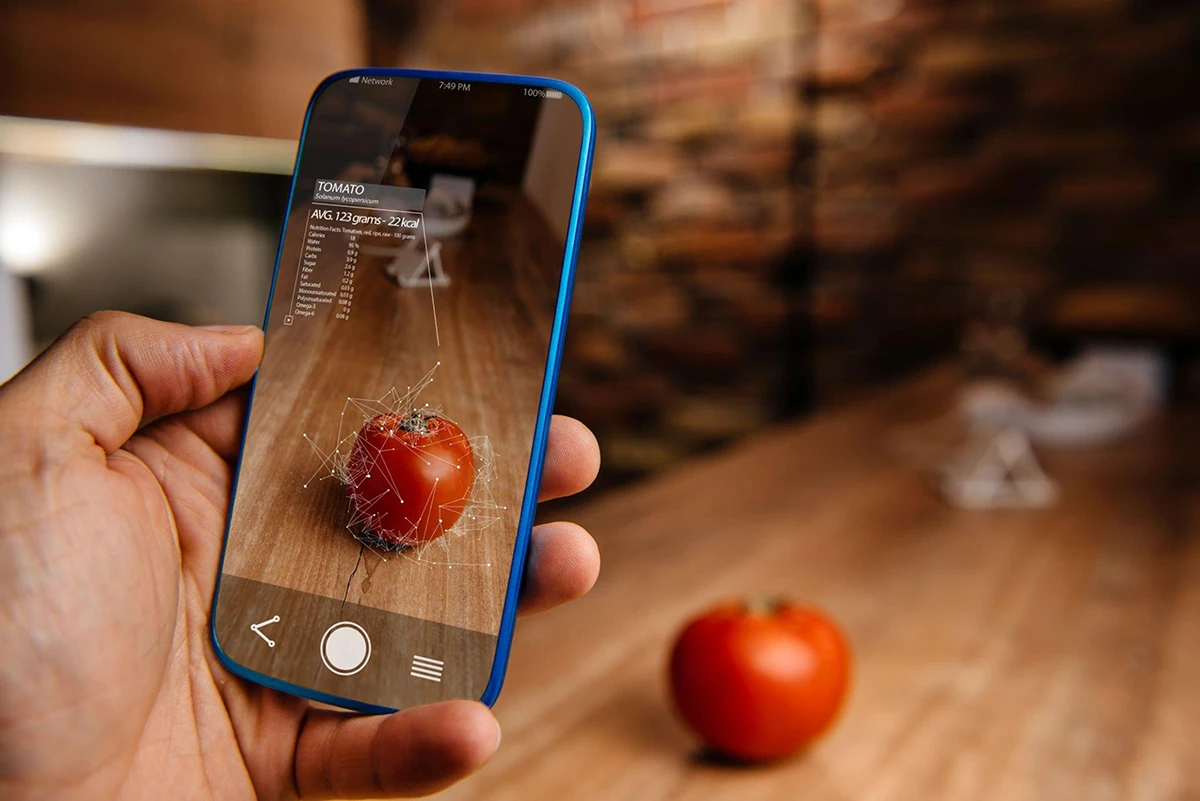As smartphones become an integral part of our daily lives, ensuring their security is more critical than ever. Biometric security features, such as facial recognition and in-display fingerprint sensors, have emerged as effective solutions for enhancing smartphone security. In this article, we’ll explore the latest advancements in biometric smartphone security and their benefits.
Facial Recognition Technology: The Future of Smartphone Security
Facial recognition technology is one of the most significant advancements in biometric smartphone security. It uses the front-facing camera of a smartphone to capture an image of the user’s face and compares it to a pre-registered image to authenticate the user’s identity. Facial recognition technology is fast, convenient, and secure, making it an ideal solution for smartphone security.

In-Display Fingerprint Sensors: A Revolutionary Biometric Security Feature
In-display fingerprint sensors are another revolutionary biometric security feature that has gained popularity in recent years. Unlike traditional fingerprint sensors that are located on the back or side of a smartphone, in-display fingerprint sensors are integrated into the device’s display. They use ultrasonic or optical technology to scan the user’s fingerprint and authenticate their identity. In-display fingerprint sensors are fast, accurate, and convenient, making them an ideal solution for smartphone security.
Benefits of Biometric Smartphone Security
Biometric smartphone security offers several benefits over traditional security measures, such as passwords and PINs. Some of the benefits include:
- Convenience: Biometric security features are fast and easy to use, eliminating the need for remembering complex passwords or PINs.
- Security: Biometric security features are more secure than traditional security measures, as they are unique to each user and difficult to replicate.
- Accessibility: Biometric security features are accessible to users with disabilities, such as those who have difficulty typing or remembering passwords.
The Rise of Voice Recognition: A New Era in Biometric Security
In the ever-evolving landscape of biometric security, a new contender has emerged: voice recognition. Imagine a world where your smartphone recognizes your unique voice pattern and grants you access with a simple command. Voice recognition technology is making significant strides in the realm of biometric security, offering a seamless and natural way to authenticate users.
With voice recognition, your smartphone analyzes various vocal characteristics, such as pitch, tone, and cadence, to create a unique voiceprint. This voiceprint serves as your digital signature, ensuring that only you can unlock your device. The technology has come a long way, with advancements in machine learning algorithms enabling more accurate and reliable voice recognition.
The benefits of voice recognition are numerous. It provides a hands-free and convenient way to unlock your smartphone, especially in situations where using your hands may be impractical or unsafe. Additionally, voice recognition adds an extra layer of security, as it is difficult for impostors to mimic your unique voiceprint.
As voice recognition technology continues to evolve, we can expect to see its integration into various applications beyond smartphone security. Voice-activated commands for accessing apps, making payments, and controlling smart home devices are just a few examples of the exciting possibilities that lie ahead. The rise of voice recognition marks a new era in biometric security, where our voices become the key to unlocking a world of possibilities.

Multi-Factor Authentication: Strengthening Smartphone Security
In the quest for enhanced smartphone security, the concept of multi-factor authentication has gained significant traction. Gone are the days when a simple PIN or password was enough to protect our devices. Today, smartphone manufacturers are incorporating multiple layers of security to ensure that only authorized users can access sensitive information.
Multi-factor authentication combines two or more independent factors to verify a user’s identity. These factors can include something you know (such as a password or PIN), something you have (such as a fingerprint or facial recognition), or something you are (such as biometric data). By requiring multiple factors, multi-factor authentication significantly strengthens smartphone security and mitigates the risk of unauthorized access.
For example, a smartphone may require a fingerprint scan along with a PIN to unlock the device. This approach ensures that even if someone manages to obtain your PIN, they would still need your fingerprint to gain access. Some devices even incorporate additional factors, such as voice recognition or iris scanning, to further enhance security.
The beauty of multi-factor authentication lies in its versatility. Users can choose the combination of factors that best suits their needs and preferences. Whether it’s a fingerprint and facial recognition combo or a PIN and voice recognition, the flexibility of multi-factor authentication allows users to customize their security measures.
As technology continues to advance, we can expect to see even more sophisticated forms of multi-factor authentication. From advanced biometric sensors to behavioral analytics, the future holds exciting possibilities for strengthening smartphone security. By embracing multi-factor authentication, we can ensure that our devices remain secure and our personal information stays protected.
Conclusion
Biometric smartphone security is the future of smartphone security, offering fast, convenient, and secure solutions for authenticating user identity. Facial recognition technology and in-display fingerprint sensors are two of the most significant advancements in biometric security, providing users with enhanced security and convenience. As technology continues to evolve, we can expect to see further advancements in biometric smartphone security, ensuring that our devices remain secure and protected.
FAQs About Biometric Smartphone Security
Here are some frequently asked questions about biometric smartphone security:
Is facial recognition technology secure?
Facial recognition technology is secure, as it uses advanced algorithms and machine learning to authenticate the user’s identity. However, it’s important to note that facial recognition technology can be vulnerable to spoofing attacks, where an attacker uses a photo or video of the user’s face to bypass the security feature.
Can in-display fingerprint sensors be fooled?
In-display fingerprint sensors are highly accurate and difficult to fool. However, they can be vulnerable to spoofing attacks using fake fingerprints or other methods. Manufacturers are continually improving the technology to enhance its security and prevent such attacks.
Can biometric data be stolen or misused?
Biometric data is stored securely on the device and is not transmitted to external servers, reducing the risk of data theft or misuse. However, it’s important to ensure that the device is protected with a strong password or PIN to prevent unauthorized access.






